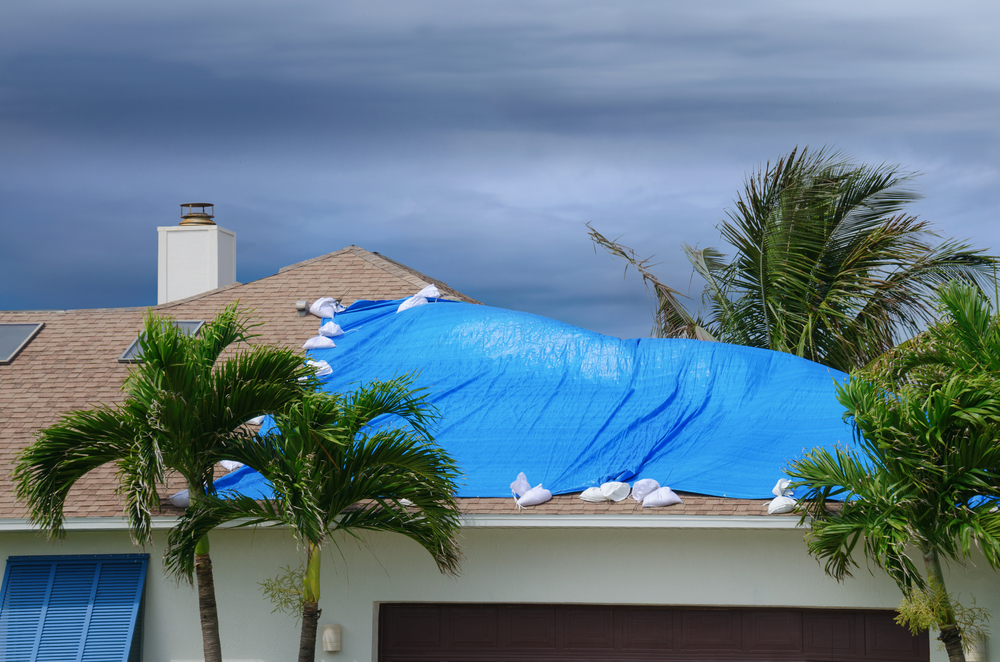When you need to ensure that your roof remains intact, you don’t want to settle for the first roof tarp you come across.
A tarp on your roof protects you from the elements, helps prevent leaks, and extends the life of your roof. Choosing the right tarp is important, as some will be more effective than others depending on your particular needs and conditions.
Follow these tips to choose the right roofing tarp for your home and protect yourself from the elements. If you’re not sure what type of tarp you need, consult with your local hardware store or contractor about all the options that will help keep your home dry during storms and leaks.
Determine How Much Protection You Need for Your Home
The first step is to determine how much protection you need. You may only need a small tarp if you have a small leak. But if you have major damage, you’ll need a larger tarp. You also need to consider the weather.
You’ll need a tarp that can hold up in high winds if it’s windy. If it’s going to be rainy, you’ll need a tarp that won’t let water seep through. If it’s going to be cold, you’ll need a tarp to keep your home warm.
Consider How Long You Need a Roof Tarp and How Big Your Roof Is
A tarp’s lifespan depends on the materials’ quality, how often it’s used, and how well it’s taken care of. If you only need a tarp for a one-time project, you can get away with a cheaper, lower-quality tarp.
However, if you need a tarp that will last for years or be used frequently, it’s worth investing in a higher-quality tarp. You should also consider the size of your roof. Tarp length is generally measured by width and height (measured by multiplying). For example, a 20′ x 30′ tarp is measured as 6′, making it easy to measure yardage. A 3’x3′ tarp would measure 1′.
Consider The Material Used to Make the Roof Tarp
The most common materials used to make roofing tarps are polyethylene, PVC, and fiberglass. Polyethylene is the most affordable and lightweight option, making it easy to work with. PVC is more durable than polyethylene and can withstand more wear and tear.
Fiberglass is the most expensive option but is also the most durable. It’s important to consider what kind of climate you live in when choosing a tarp material. For example, if you live in an area with high winds, you’ll want a tarp that won’t blow away easily.
If you want to be on the safe side, hire trained professionals to install the tarp for you. They will have all the answers, know how to work safely, and will ensure that your tarp stays on, keeping your family safe.


